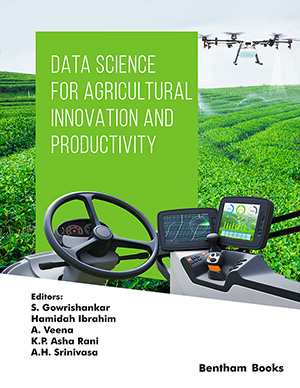Abstract
Darjeeling tea (Camellia sinensis) is famous worldwide for its excellent
aroma and taste, and out of that, the best quality tea is produced in the Kurseong hill
area. A year-long analysis of soil samples collected from different sites was done by
applying the plate-count method in terms of colony-forming units for determining the
presence of microbial population within soils cultivating tea on a monthly basis.
Coordination in specific microbes might also be responsible for the impact. Fungi,
bacteria, and actinomycetes – these three groups of microbes were tested during the
process. Results showed that the neo tea plant, rhizosphere and rhizosphere of several
other perpetual plants of various ages, flourishing in age-old tea gardens, seemed to
expedite the growth of microbes. At present, the tea rhizosphere has been tested
thoroughly, specifically in relation to plant-microbe response. Counter to the common
outcomes, rhizosphere and soil ratios were found to be regularly less than 1 in samples
collected from age-old tea gardens, showing an overall -ve rhizosphere impact. The
finding of the 'negative rhizosphere effect' in old tea bushes is a significant and novel
nature of the tea rhizosphere. The -ve impact on the rhizosphere of aged tea bushes
does not seem to be a regular phenomenon that is related to the aging of plants
generally but might be distinctive particular to tea plants. Other important and
associated features include colonization of tea, rhizosphere, soil pH, etc. Supremacy of
a certain population of microbes, an affinity towards a section of general opponents
constitutes a good instance of reciprocated selection in the natural environment. These
discoveries have unlocked newer paths for extended research in the field of
'rhizosphere microbiology'. The present study is an attempt to evaluate the transforming
features coupled with the microbial activity and diversity in the tea rhizosphere and
significant implications in the tea industry.
Keywords: Environment, Microbiology, Rhizosphere, Soil, Tea






















